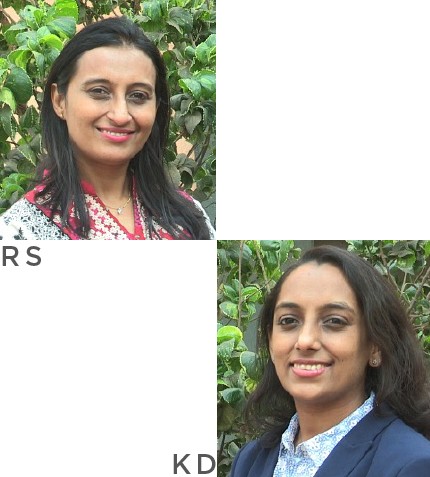
"While being a leading chemical company in India, we steadily increase our presence on the global map. Our focused regions will be Americas and Asia Pacific in the short term."
Share
What is Eastmen Chemicals current positioning in the Indian market as a producer of metallic salts?
RS: We are a leading high purity nickel, cobalt and copper metallic salts manufacturing and exporting company and are proud to celebrate 50 years in business this year, in 2021. We are known to provide superior quality products, as per customer schedules; providing transparent LME based pricing. We are key partners to leading electroplating, metal finishing, surface treatment companies in India and many of their global plants.
How has the company adapted to market trends with Covid-19?
RS: Covid-19 has taught us a lot in the personal as well as professional space. We adopted covid-19 protocols early on. Being essential service providers and supplying to essential sectors, our plant was operational during most phases of lockdown in India. We used the early slow-down opportunities in 2020 to our advantage and upgraded our plant with more sustainable processes and equipment, while stringently following Covid protocols. By mid to end-2020, we started receiving more global opportunities as many countries were struggling with supply chain challenges. Our exports are on the rise and we are steadily growing our presence across the globe. We believe keeping sustainability at the highest priority and growth at a steady pace keeps us more focused, competitive and reliable in the market. This vision realized by our very passionate team and management, distinguishes us in the global space.
What are the main challenges for Indian chemical producers?
KD: On a larger scale, Covid has given more opportunities to the Indian chemical sector compared to most other sectors. Current global supply chain challenges and material shortages have increased the lead times for the Indian producers as well. Recent increase in fuel prices are further adding to the costs of manufacturing. However, with government policies and ease of doing business, the chemical sector is fairly poised for growth.
Eastmen celebrates 50 years in 2021. How do you see the company evolving in the future?
RS: It is a great moment for our entire team at Eastmen Chemicals; we are proud to be one of the few chemical companies in the world with gender diversity and women leading from the front.
Coincidently it is also when the world is looking at “China plus one” for its sourcing strategy. We are looking to step up to this challenge and meet the global expectations. While being a leading chemical company in India, we steadily increase our presence on the global map. Our focused regions will be Americas and Asia Pacific in the short term. As always; quality, consistency and sustainability will remain our core company values for the decades to come.
What is Eastmen Chemicals current positioning in the Indian market as a producer of metallic salts?
RS: We are a leading high purity nickel, cobalt and copper metallic salts manufacturing and exporting company and are proud to celebrate 50 years in business this year, in 2021. We are known to provide superior quality products, as per customer schedules; providing transparent LME based pricing. We are key partners to leading electroplating, metal finishing, surface treatment companies in India and many of their global plants.
How has the company adapted to market trends with Covid-19?
RS: Covid-19 has taught us a lot in the personal as well as professional space. We adopted covid-19 protocols early on. Being essential service providers and supplying to essential sectors, our plant was operational during most phases of lockdown in India. We used the early slow-down opportunities in 2020 to our advantage and upgraded our plant with more sustainable processes and equipment, while stringently following Covid protocols. By mid to end-2020, we started receiving more global opportunities as many countries were struggling with supply chain challenges. Our exports are on the rise and we are steadily growing our presence across the globe. We believe keeping sustainability at the highest priority and growth at a steady pace keeps us more focused, competitive and reliable in the market. This vision realized by our very passionate team and management, distinguishes us in the global space.
What are the main challenges for Indian chemical producers?
KD: On a larger scale, Covid has given more opportunities to the Indian chemical sector compared to most other sectors. Current global supply chain challenges and material shortages have increased the lead times for the Indian producers as well. Recent increase in fuel prices are further adding to the costs of manufacturing. However, with government policies and ease of doing business, the chemical sector is fairly poised for growth.
Eastmen celebrates 50 years in 2021. How do you see the company evolving in the future?
RS: It is a great moment for our entire team at Eastmen Chemicals; we are proud to be one of the few chemical companies in the world with gender diversity and women leading from the front.
Coincidently it is also when the world is looking at “China plus one” for its sourcing strategy. We are looking to step up to this challenge and meet the global expectations. While being a leading chemical company in India, we steadily increase our presence on the global map. Our focused regions will be Americas and Asia Pacific in the short term. As always; quality, consistency and sustainability will remain our core company values for the decades to come.